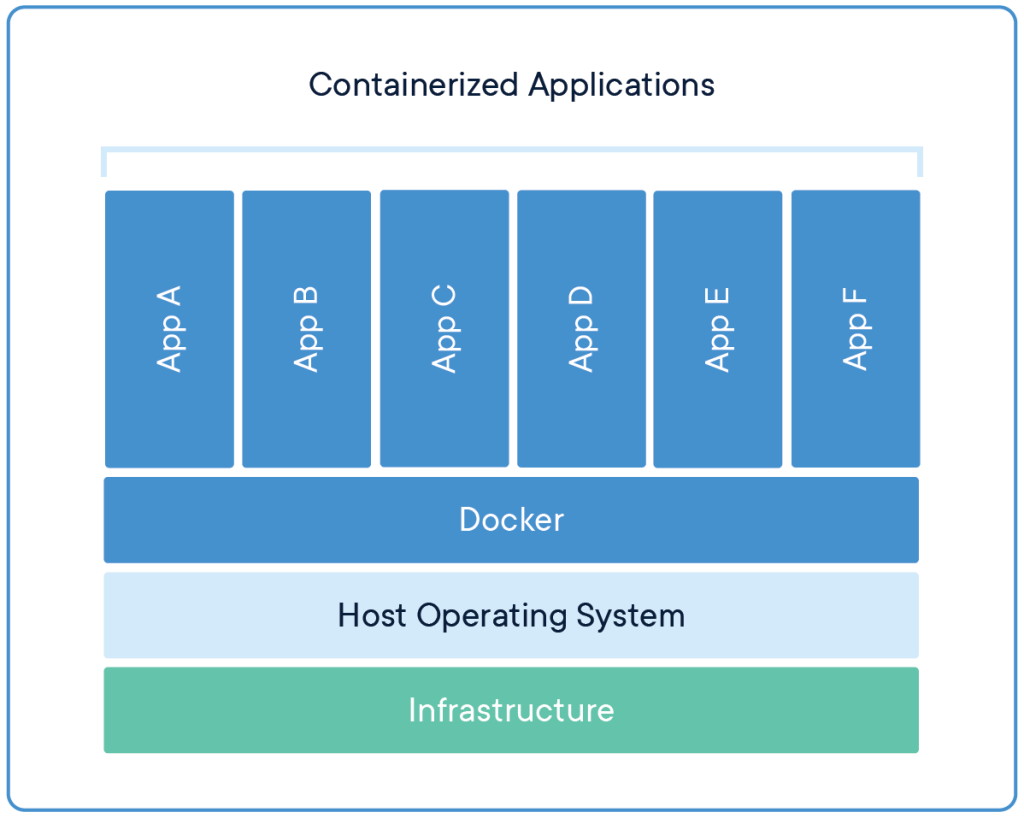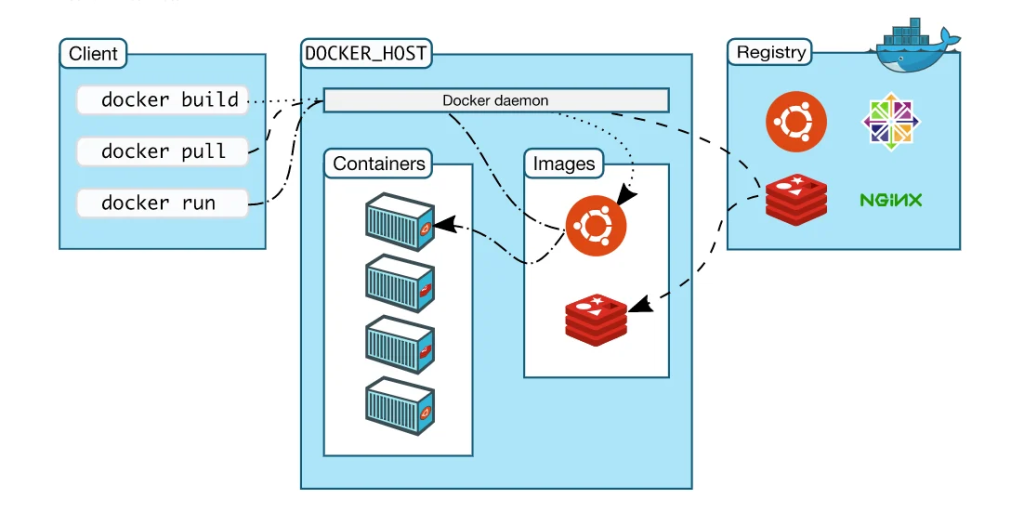
What is Docker Container?
A Docker container is a standardized unit of software that packages up code and all its dependencies so that the application runs quickly and reliably from one computing environment to another. Containers are lightweight, portable, and self-sufficient, making them ideal for deploying applications in the cloud or on-premises.
Why Use Docker Containers?
Docker containers offer numerous benefits for developers and organizations:
- Lightweight: Containers share the underlying operating system of the host machine, making them smaller and more efficient than virtual machines.
- Portable: Containers are packaged with all their dependencies, allowing them to run consistently across different computing environments.
- Self-sufficient: Containers encapsulate everything an application needs to run, including code, runtime, system tools, system libraries, and settings.
- Isolated: Containers provide a level of isolation from the host machine and other containers, preventing conflicts and ensuring consistent behavior.
- Scalable: Containers can be easily scaled up or down to meet changing demands, making them ideal for cloud deployments.
What is the Benefit of Using Docker Containers?
Benefits of Using Docker Containers:
- Faster Application Delivery: Containers enable rapid deployment of applications, reducing the time it takes to get new features or updates to users.
- Improved Resource Utilization: Containers share the host machine’s operating system, reducing resource overhead and improving overall resource utilization.
- Consistent Application Execution: Containers ensure consistent application behavior across different environments, eliminating deployment-related issues.
- Simplified Application Management: Containers simplify application management by encapsulating everything needed to run the application in a single unit.
- Enhanced Scalability: Containers can be easily scaled up or down to handle fluctuating workloads, making them ideal for elastic applications.
What are the Docker Container Components:
Docker Container Components:
- Docker Image: A Docker image is a read-only template that contains the instructions for creating a container. It includes the application code, dependencies, libraries, and configurations.
- Docker Container: A Docker container is a running instance of a Docker image. It provides an isolated environment for running an application, including its own process space, filesystem, and network.
- Docker Engine: The Docker Engine is the software that manages and runs Docker containers. It creates, starts, stops, and manages containers based on instructions from the user or automated systems.
How Docker Containers Work?

Docker containers work by leveraging Linux kernel features such as namespaces, control groups (cgroups), and overlayFS to provide an isolated and resource-controlled environment for running applications.
Namespaces
Namespaces provide a way to isolate resources such as the filesystem, network, and process ID space within a container. This isolation prevents conflicts between containers and ensures that each container has its own view of the system.
Control Groups (Cgroups)
Cgroups provide a way to limit and control the resources that a container can consume, such as CPU, memory, and disk I/O. This resource management helps ensure that containers don’t interfere with each other or with the host system.
OverlayFS
OverlayFS is a union filesystem that allows multiple layers of filesystems to be stacked together. This is used to create Docker images, which are read-only layers that contain the application code and dependencies. When a container is created from an image, a writable layer is added on top of the image layers, allowing the container to make changes to the filesystem without affecting the underlying image.
Docker Engine
The Docker Engine is the software that manages and runs Docker containers. It is responsible for creating, starting, stopping, and managing containers based on instructions from the user or automated systems. The Docker Engine interacts with the Linux kernel to provide the isolation and resource control that Docker containers are known for.
Overall Process
The overall process for using Docker containers is as follows:
- Create a Docker image: A Docker image is created by writing a Dockerfile, which specifies the instructions for building the image. The Dockerfile typically includes the application code, dependencies, libraries, and configurations.
- Store the Docker image: Docker images are stored in a registry, which can be a local registry or a public registry like Docker Hub. Images can be pulled from the registry and used to create containers.
- Create a Docker container: A Docker container is created from an image by running the docker run command. This command creates a new container instance based on the specified image.
- Run the application: The container is started and runs the application code. The container has its own isolated environment and can access resources as defined by the image and cgroups.
- Manage the container: Containers can be managed using the Docker Engine commands, such as docker start, docker stop, docker restart, and docker logs. These commands allow users to control the lifecycle of their containers.